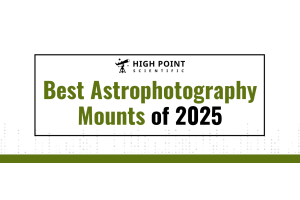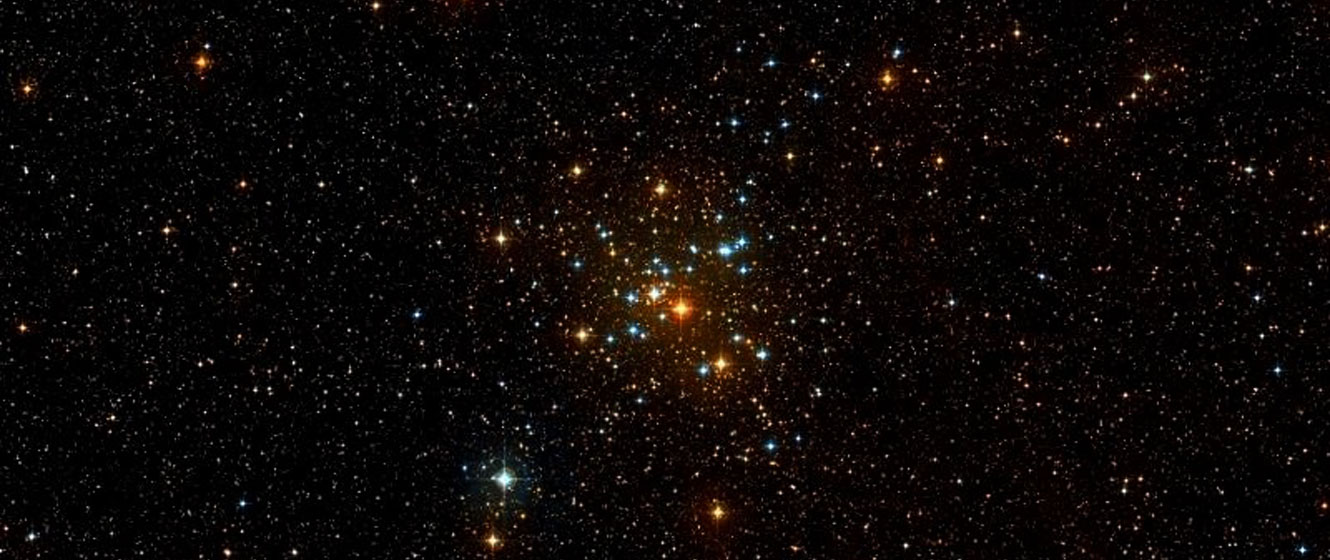
In this episode of What's in the Sky this Month, Teagan reviews some of the beautiful celestial objects you can see in the month of February 2023!
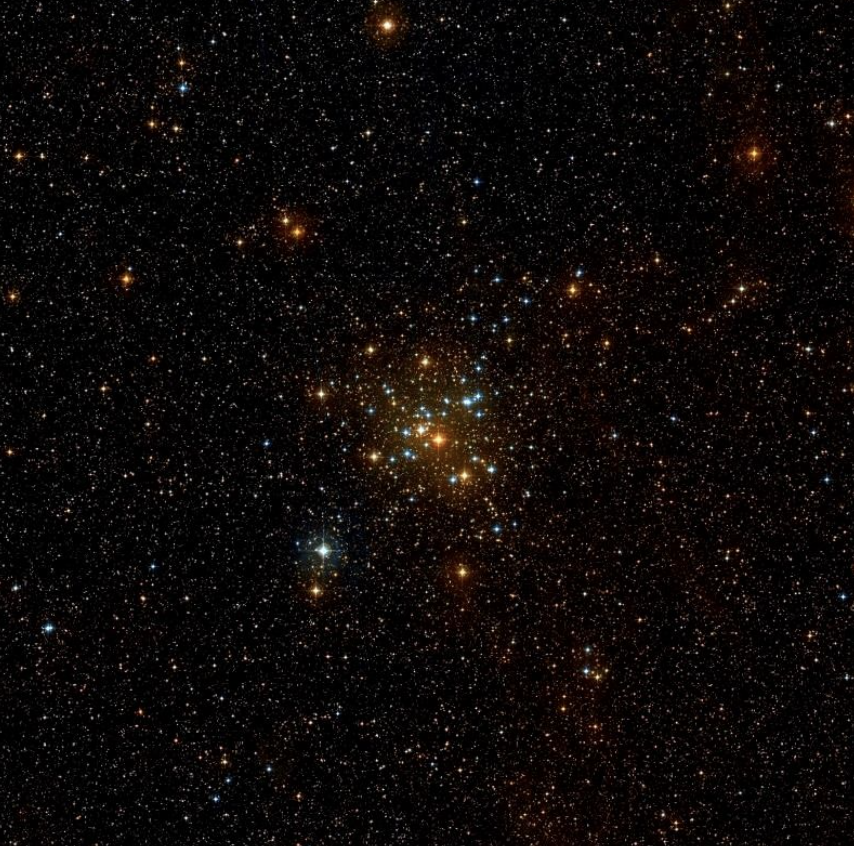
Image credit: Universe Today - Wikisky
M41 - Aristotle’s Cluster
Messier 41, Aristotle’s Cluster, can be spotted with the naked eye under dark skies but otherwise is an easy target for both binoculars and telescopes - even from suburban locations. You’ll find it just four degrees due south of Sirius, placing it within the same binocular field of view as that bright star.
The cluster shows a definite shape through 10x50 binoculars, with a circular hole being apparent on the cluster’s western edge. Meanwhile, a small telescope will show a loose cluster of about 50 individual stars, with the brightest being an orange star near the center. Look out for a fainter yellow companion and groups of stars scattered throughout the cluster.
OUR NEAREST NEIGHBORS
Saturn will be lost to the glare of the Sun by mid-month, but a thin, crescent Moon appears to the lower left of it shortly after sunset on the 10th. Neptune is too faint and low for proper observation, but Jupiter remains easily visible in the evening sky. Look for a crescent Moon to the lower right of the planet on the 14th. Uranus is further east and spends the month within the same binocular field of view as the stars Botein and Epsilon Arietis. Meanwhile, Venus is an unmissable sight in the predawn twilight at the beginning of the month but is harder to spot by month’s end. It’s joined by a crescent Moon on the 7th, with Mars also appearing to the lower left. The gap between the two planets will close until less than a degree separates them from the 21st to the 23rd. Mercury is only visible for the first week of February, and you’ll find it three and a half degrees to the lower left of Mars on the first, but only 5 degrees above the horizon 15 minutes before sunrise. The Moon turns new on the 9th, while the Full Snow Moon occurs on the 24th.
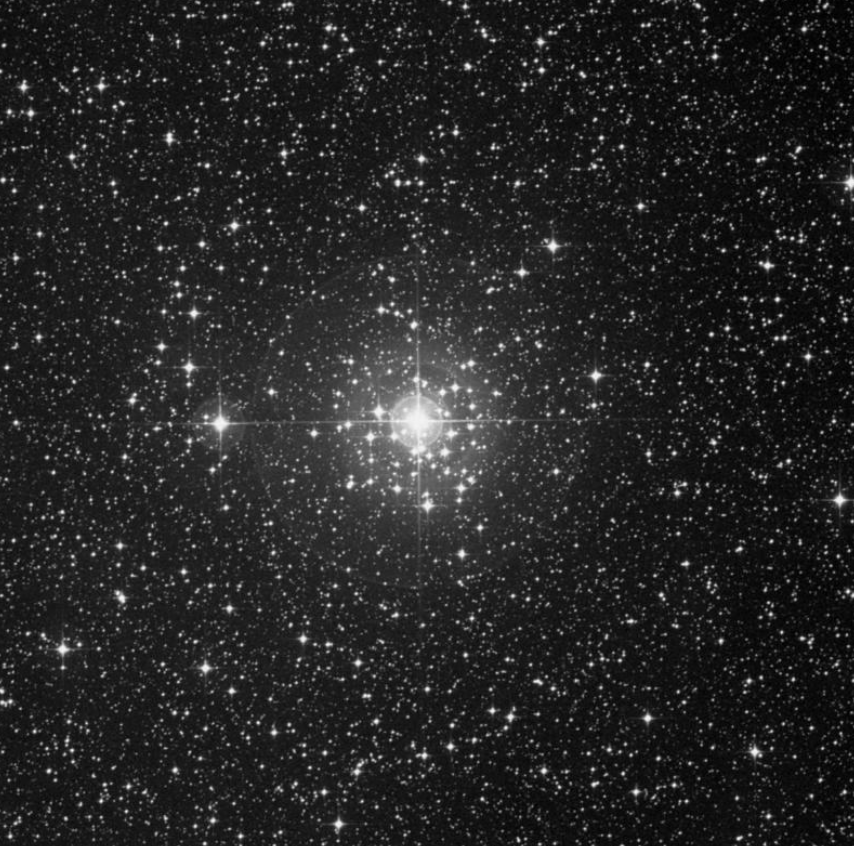
Image credit: TheSkyLive.com
NGC 2362 - Tau Canis Majoris Cluster
NGC 2362 may be smaller than neighboring M41, but it’s brighter, and telescopes can produce a beautiful view. A low magnification will show Tau Canis Majoris, a brilliant blue-white star, appearing just off-center and surrounded by a swarm of fainter stars.
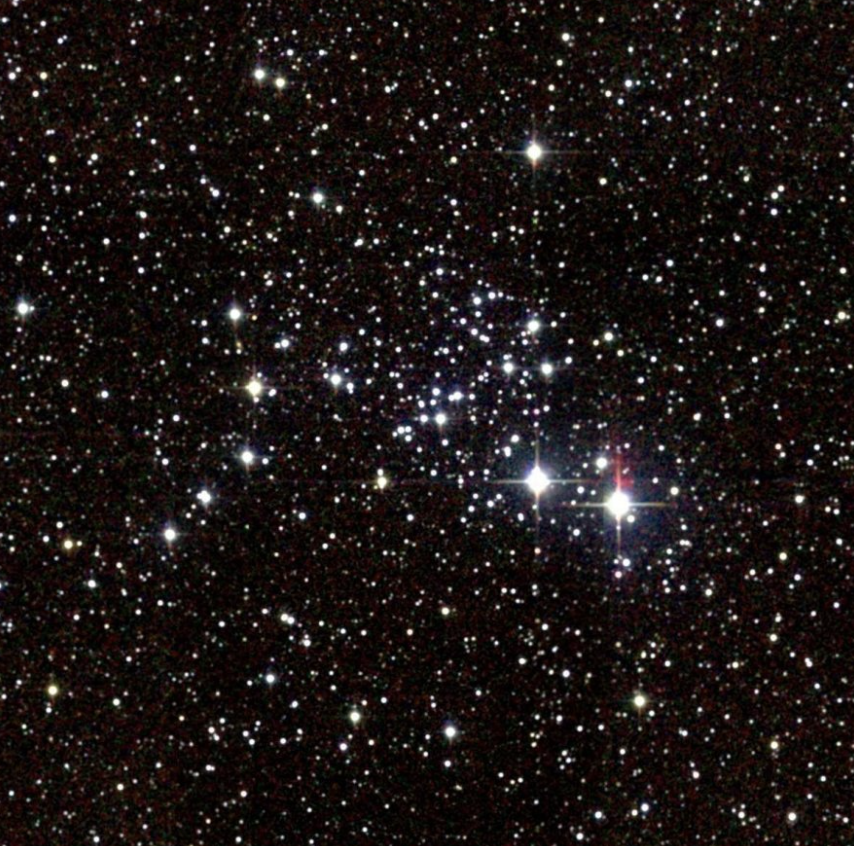
Image credit: NASA, ESA
Messier 93
Located in the constellation Puppis, Messier 93 lies just a degree and a half northwest of Asmidiske. A magnification of around 35x shows a dense cluster of stars, with a pair of orange-ish stars on the western edge.
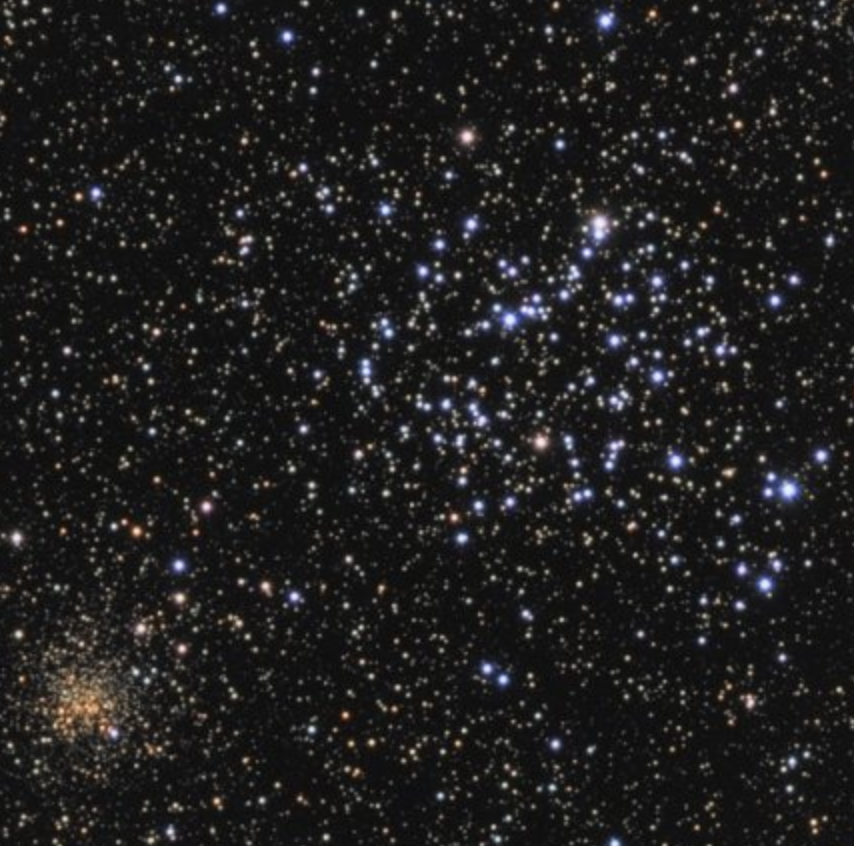
Image credit: NASA, ESA
Messier 35
Through binoculars, the cluster appears as an hourglass-shaped gray, misty patch of uniform brightness, while a telescope will show hundreds of blue-white stars. Look out for a golden star on the northern edge of the cluster with a blue star quite close to it.
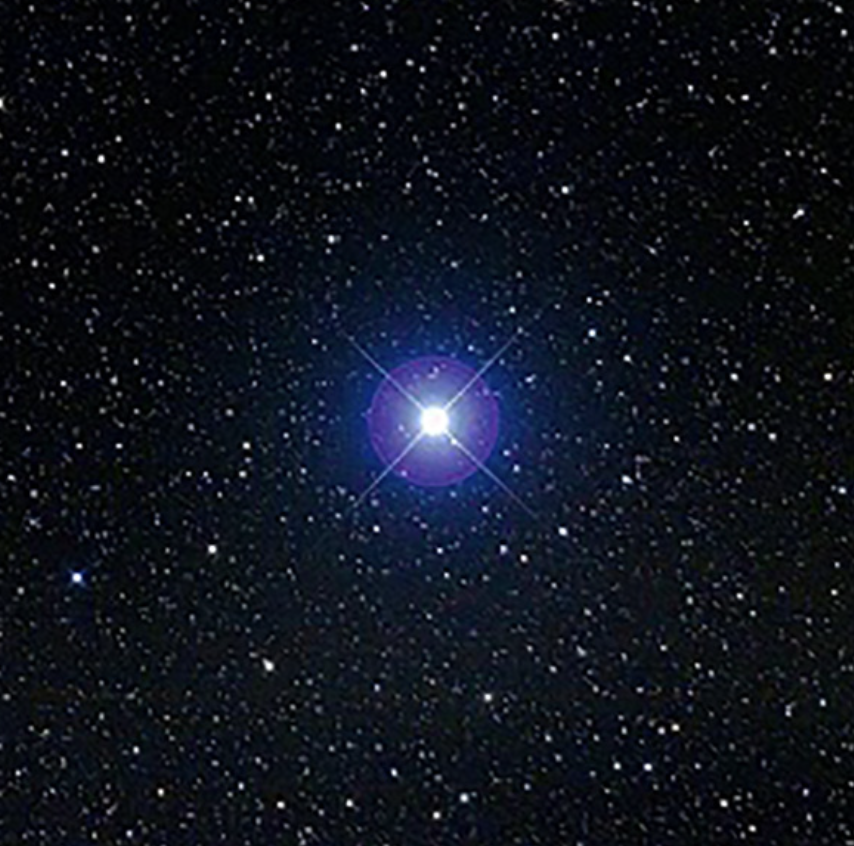
Image credit: Fred Espenak
Alpha Geminorum (Castor)
Castor is one of the best multiple stars in the entire night sky. A small telescope and a magnification of around 100x will show a tight pair of brilliant white stars with one star being slightly brighter than the other.
STELLAR CONCEPTS
Open Star Cluster: As the name implies, these are clusters of stars, often hundreds or even thousands in number, that are gravitationally bound to one another in space. These stars are often young (and, as a result, usually blue-white in color) and are siblings born of the same interstellar dust cloud. In time, these stars will typically drift apart, but before they do, they provide amateur astronomers and imagers with some of the prettiest views in the cosmos.







